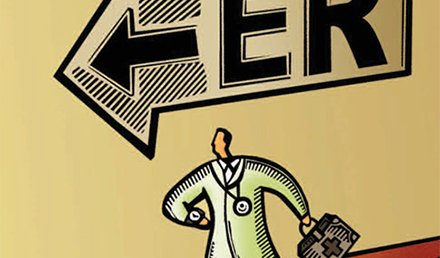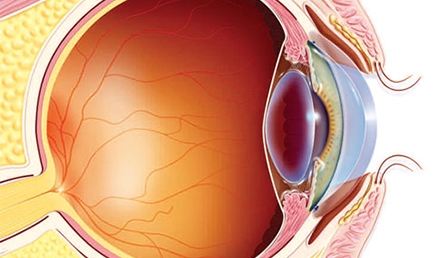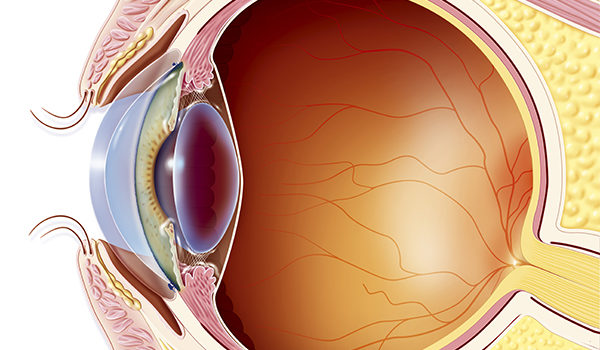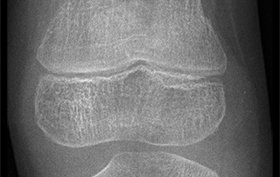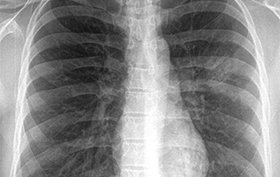Urgent message: FSEDs have a role to play in our health care system but it’s not to supplant urgent care centers. ALAN A. AYERS, MBA, MAcc, Experity Introduction Freestanding emergency departments (FSEDs) are walk-in medical facilities—structurally separate and distinct from a hospital—that hold themselves out to provide emergency care to the general public. While they claim many similarities to hospital EDs—capabilities to diagnose and stabilize cardiac arrest, stroke symptoms, breathing problems and trauma—there are also …
Read More